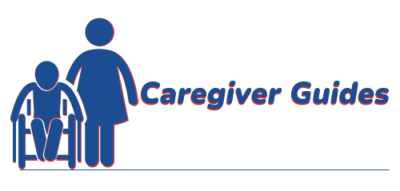When it comes to poor posture in the elderly, most people chalk it up to the “natural process of aging”. While there are many bodily changes that are associated with the aging process, there may be other things that contribute to the forward head, rounded shoulders, and stooped posture.
Did you know that sitting for long periods of time can have a negative effect on your posture? It certainly can. When you sit, your body is in what’s called a “flexed” position. When you’re sitting, you’re more relaxed and your postural muscles are “turned off” and not engaged. And you’re postural muscles get weaker the more your body stays in this position.
What Happens When You Sit Too Much?
Doctors and scientists have suggested that prolonged sitting leads to muscle imbalances directly connected to your posture. So the solution would be to bring some balance back to those muscle groups. The way that we do that is through working some of the weaker muscles and stretching some of the tighter muscles.
The Best Posture Exercises Are The Easiest

The first exercise that I would recommend to improve the posture in the elderly is walking. Providing that they can and that they’re safe when doing it, walking not only strengthens the whole body and the legs in particular, it also help to stretch out the tissues of the legs and pelvis so that the elderly are more limber and have more range of motion in their legs. If possible, a progressive walking program in the community rather than in the home would do a lot to improve posture.
In addition to strengthening and stretching, walking is a dynamic activity that requires the body to coordinate many movements into one fluid activity. In addition, it requires a shifting of weight from one side to the other to improve balance.
How else can walking improve the posture? Think about it this way, a walking program in the community where possible or in a mall or larger grocery store if the weather is bad, encourages the individual to hold their head up in order to watch where they are going. And, if done in a mall or store, a person is encouraged to look around at the sights and products that are on display.
All of this strengthens the muscles that are weak that contribute to poor posture and stretch the tissues that are tight.
Posture Exercise For People Who Can’t Walk Safely

If a person has difficulty walking and really doesn’t have anyone to help them, then I would recommend the Bridge exercise in hook-lying. This is a safe exercise that is done in the bed or on another flat surface. It works primarily the back of the legs, the hips and the lower back. These muscles are essential for good posture and walking and hold a person upright against gravity.
The way you do this exercise is to lye flat on your back with knees bent and feet flat on bed. Then use your feet and shoulders to lift your hips and lower back off the bed. It’s not necessarily important how high you raise your hips initially. As long as a person is lifting, that means they’re activating the muscles and the more this is done, the stronger they will get.
Easy Posture Exercise: The Upright Row
The upright row, whether in sitting or standing is an easy exercise for people to do. Using a resistance band or tubing, simply anchor it to a stationary object, like a table leg, door knob, or other object, sit (or stand) in front with arms outstretched and gently pull the elbows straight back.
Make sure that when you’re doing this exercise there is tension on the resistance band throughout the movement and not just at the end. The band should be slightly taught at the start of the movement.
This exercise works most of the muscles in the mid and upper back and forces the body into trunk extension. It also counteracts or reverses the poor posture caused by too much sitting and that’s why I recommend this to most of my patients who are concerned with poor posture.
How To Start an Exercise Program for the Elderly
I’ve written about how to get started on an ambulation program or exercise program when you’re just starting and may not have a lot of strength and endurance. You can check them out here and here.

Bryan Williams
Physical Therapist
is a licensed therapist with near 30 years of professional experience treating a diverse patient population in a multitude of settings. With simple strategies, he educates and empowers his clients with simple strategies to help them move better and with less pain.
